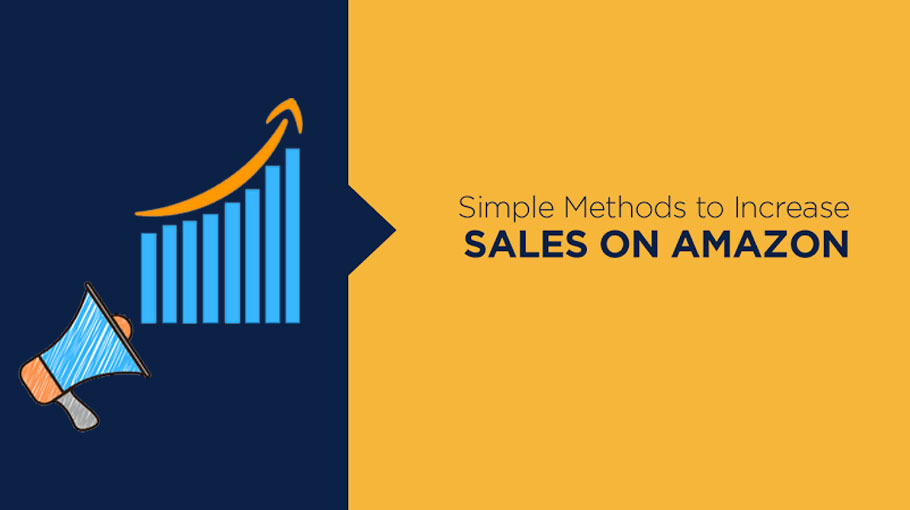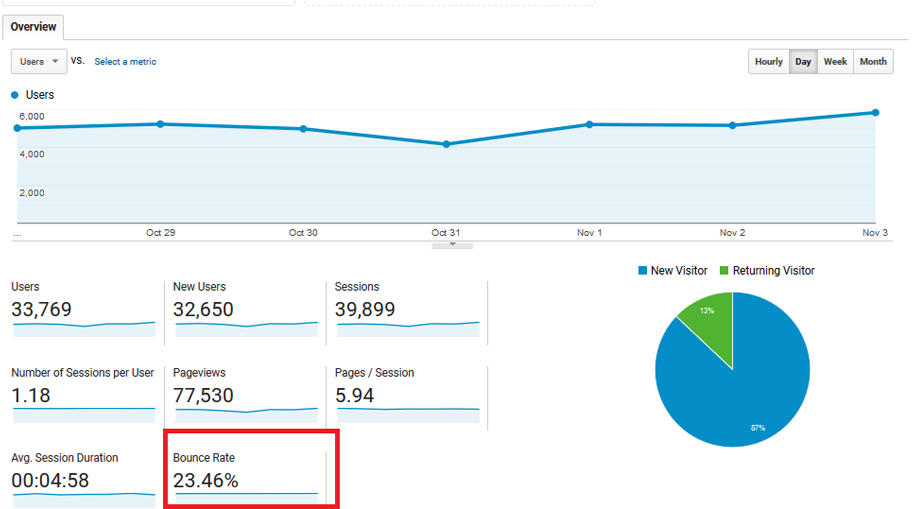
How to Price Higher Without Sacrificing Sales – Competitive Pricing Strategy
Pricing is the very first criteria that affect buying decisions for customers in eCommerce. Right pricing strategy can help you to compete in eCommerce. Pricing strategies for your Amazon products seem to be a very delicate task to tackle. The most sustainable and effective way to maintain long-term success is, to set a high price for your product and do everything in your control to justify the premium.
How to Deal with the Price?
Just look up your competitors’ prices, undercut them by a few cents, and you’re all set, right?
But once you start seeking out advanced pricing strategies, you’ll find a near-endless list of tactics that promise to help you find the one “perfect price” to dominate your competition.
The most sustainable and effective way to maintain long-term success is, to set a high price for your product and do everything in your control to justify the premium.
When deciding on a price point for your product for the first time, standard advice will tell you to use a competitor’s price as a benchmark. The challenge here is that in most niches, your competitors will be selling at different points across a wide range of prices.
Let’s take a look at below listing:

A few things to note here:
- All of the images are top-quality and clearly taken by a professional.
- The sixth “image” is a well-produced video that demonstrates the product’s features.
- The packaging is attractive and professional.
- The bullet points in the product description clearly spell out the grinder’s selling points with concise and well-written copy.
If you have confidence in the quality of your product, then it’s your responsibility to invest in doing all of these things well, so that the quality is easily recognizable to the consumer.
Also Read
- How to Promote Your Products Outside Amazon/Flipkart
- Top Tips for New Online Sellers Need for Smooth Online Retail
- Tips and Best Practices to Optimize Your eCommerce Store before Festive Season
- 12 Killer eCommerce Marketing Strategies
Other Factors
There are obviously plenty of other factors that determine how well your product will sell, but the above points are completely within your control to do at a high level, and a little extra effort and investment here can justify a big markup in price.
Remember
The goal here is to be considered a premium option in the minds of your target customer. A large subset of customers will always go for the cheapest option, and that’s fine. But for those customers who are willing to consider more expensive options, your listing needs to have all the surface-level indicators of a product that’s worth a premium cost.
You may only have a few seconds of a customer’s attention to create the right impression, so invest the time and money required to create a listing with top-quality photos, graphics, design, and copy.
Give the Customer a Reason to Choose Your Product
Once you’ve elevated your listing to the level of the top-tier sellers in your niche, it’s time to switch gears and focus on differentiating your product from the other top products the customer is considering. In other words, once you have the attention of the customers who are willing to pay a premium, you need to clearly outline for them why they should buy your product.
This is especially true if your competitors have a more established record of sales and reviews.
1) Identify Main Selling Point
- A good way to start defining your main selling points is to create a list for yourself of all the ways your product is different from the upper-tier competitors you’ve just identified.
- Next to each of these differences, write out why a customer might prefer this differentiating attribute.
For example, if your product weighs more than its competitors, maybe a customer will prefer it because of its durability. Or if your product lacks a feature that your competitors have, maybe a customer will prefer it simply because of the absence of a pain point that comes with that feature.
2) Read Negative and Neutral Reviews
Next, read negative and neutral reviews of your competitors, especially reviews with the highest number of helpful votes. What are customers complaining about? Make a list of the complaints that your competitors are receiving on their listings.
Unless the same complaints can be made of your product, this is incredibly valuable information that can help you define your product’s unique value proposition, and this needs to be incorporated into your copy.
Next Step
After identifying your product’s unique benefits and your competitors’ most common critiques, revisit your listing. These qualifiers should be very clearly spelled out in the title, product description, and even your images.
Again — you only have a customer’s attention for a moment. You need to make it as easy as possible for them to identify what makes your product different and why this works to their benefit.
Let’s return again to the example of the coffee grinder
Let’s say you sell a small stainless steel coffee grinder with 12 grain settings and a simple cleaning system. Even if the differences between your grinder and other top-tier grinders are minor, they should still be leveraged.
- Maybe the motor in your grinder isn’t as strong as your competitors, but is it quieter?
- Or may be you have fewer grain settings, but is the grain more consistent?
- there is also chance, may be your grinder is smaller, but are there fewer components to clean?
Reading Negative Reviews
This will help you further define your go-to selling points. Most complaints about top products seem to be about uneven and/or inconsistent grain size, components that break easily, and pieces that are difficult to clean.
This suggests that customers are willing to look past features that you may lack as long as you’re able to address these issues. Your title, images, and bullet points should account for this.
So instead of marketing a coffee grinder with 12 settings and a stainless steel body, market a coffee grinder that’s durable, gives you a consistent and even grain, and is easy to clean.
This goes without saying that you shouldn’t make any claims about your product that aren’t true. Aside from being unethical, this will always hurt you in the long-run. If the most common complaints about your competitors’ products can also be applied to your product, perhaps you should present these complaints to your supplier to see if any of these issues can be addressed.
3) Do Not Think About Monopoly
You don’t have to get every customer. Some may simply prefer the features that the other product has and that’s OK. You’ll never have a complete monopoly on your category, but you can have a monopoly on products that combine x and y features without z pain point.
As long as you lean into these differences and make sure they’re clearly defined, this should be sufficient to command sales while maintaining a high price.
4) Premium Packaging
Finally, another great way to do this is to offer premium packaging. It’s a superficial measure, but it can really work well. According to a recent study by Dotcom Distribution, customers put high value on aesthetics. So much so that 40% of online shoppers said, they’d be somewhat more likely or much more likely to purchase from a seller that offers premium packaging.
Here Are 2 Simple Things You Can Do to Boost Your Packaging Today:
Improve the box
Think beyond the white or brown box. Get custom printed boxes or even custom shaped boxes for your products.
Provide inserts with coupons
Use this to build your email list as well to get more return customers and consistent sales.
5) Invest In Your Brand
At the end of the day, the long-term strategy that always wins out is investing in your brand.
Whatever features your product has or doesn’t have, value can always be created with great customer service, taking responsibility for product quality, delivering relevant and valuable content, taking an extra step to delight your customers, and maintaining professionalism in every customer interaction.
It can be tempting to focus on opportunities to optimize for short-term sales, particularly on a platform like Amazon where the rules of the game are always changing. In many cases, it will make sense to capture these opportunities. But at no point should you let this come at the expense of the long-term vision for your brand.
Use your high price as a challenge for your company – a challenge for you to earn that premium at every turn. Try to surpass your competitors in every capacity – product, listing, customer service, content, brand – and customers will reward you for it.
Did you get value? Is so, I would greatly appreciate it if you commented below and shared on Facebook.





